Each year, on or around the 10th of August, a gathering takes place in India that describes itself as a public ‘Celebration of Life’. On the surface, it might seem like just another peaceful march. Children carry posters, hymns are sung, and slogans are chanted. Placards read, ‘Let her be born’ or ‘Voice for the voiceless’. But beneath the aesthetic of community and spirituality lies a deeper story—one that warrants more attention than it has received. Held on the date when abortion was legalised in India, the march condemns the right to access abortion and the right to choose whether to get married, have children, or use contraception—basically denouncing all the rights of choice.
This year the ‘National March for Life’ 2025 was held on 9th August in Bangalore. When looking back at the history of the March, the last March in 2024 in Thrissur, Kerala was a turning point in visibility and strategy and provides us the ability to reflect on how narratives are being constructed through this March around abortion, womanhood, and morality in present-day India.
Growth of the March for Life Movement
The 2024 National March for Life, held in Thrissur, Kerala, was the most visible iteration of this annual movement to date. Rooted in the orderly framework of Christian institutions, what began with a modest turnout in Delhi in 2022 quickly expanded into a coordinated, multi-lingual, multi-platform campaign. Organised by CHARIS India and supported by affiliated groups, the event has steadily grown in scale, engagement, and influence.
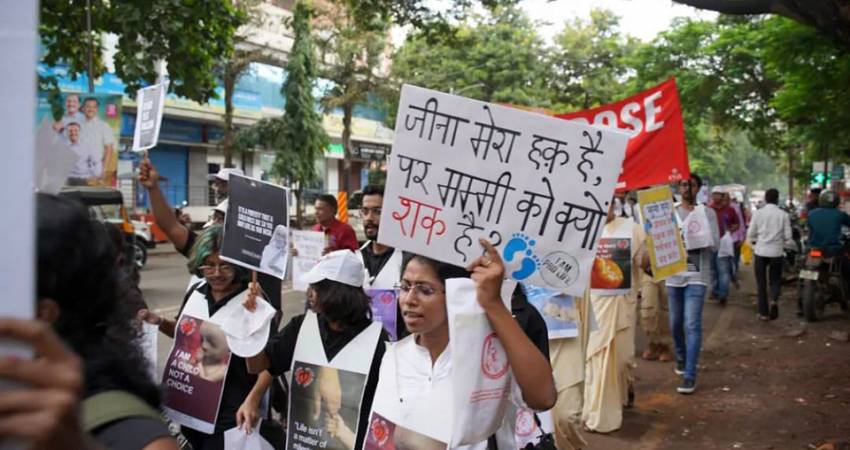
The Catholic Bishops’ Conference of India (CBCI) and its digital initiative Catholic Connect have also played significant roles in amplifying the march’s reach. Last year in Thrissur, bishops and delegates from across the country were joined by international speakers and young organisers. Prayers were sung in six languages. A funerary bell rang in memory of ‘the unborn’, and people gathered to raise their voices on what they called a growing ‘culture of death’. Medical students, school children, and clergy marched shoulder to shoulder—symbolically performing and protesting.
The 2024 march was both protest and performance—equal parts solemnity and spectacle. Songs like ‘From womb to tomb, we will protect life’ echoed through the streets, while slogans such as ‘Jeena mera haq hai, mummy daddy ko kyun shaq hai’ and ‘I marched for the babies who can’t’ were printed on t-shirts and banners. The imagery was powerful, intentional, and emotionally loaded.
Songs like ‘From womb to tomb, we will protect life’ echoed through the streets, while slogans such as ‘Jeena mera haq hai, mummy daddy ko kyun shaq hai’ and ‘I marched for the babies who can’t’ were printed on t-shirts and banners. The imagery, on the day of the march and continuously on their social media, is strategic, intentional, and emotionally loaded.
Beyond abortion: Anti-choice agenda furthered
The messaging and symbolism used by them extend far beyond abortion. Across their Instagram and YouTube, digital content associated with the March includes condemnations, of IVF, contraception, masturbation, pornography, suicide, and gender diversity. Masturbation and pornography are particularly mentioned and for women only. All of these are repeatedly framed as ‘unnatural’ and ‘sinful’ acts—threats to both personal purity and the moral fabric of society.
Reels posted by organisers and supporters on their growing social media accounts consistently feature humanised imagery of foetuses—a tactic to toy with one’s psyche. Some foetuses are made to speak, while graphic visuals of abortion procedures are exhibited. Increasingly, young children and teenagers are featured on reels and posts speaking of their ‘right to live’, thus narrating and reinforcing a sense of ‘innocence’ and ‘moral clarity’. The content is meant to invoke fear, guilt, grief, and a feeling of betrayal. It portrays a world where reproductive decisions are not personal but criminal.
Misusing the language of care
What stands out most alarmingly, however, is the smooth adoption of a rights-based language and approach to their campaign. Language of care, dignity, science, and empowerment is integrated—only to redirect it toward a singular moral vision that denies the very autonomy it appears to uphold. Phrases like ‘Every human has the right to life’, ‘Empower her – let her be born’, and ‘March for the feet who can’t march for themselves’ sound inclusive on the surface but are positioned to condemn abortion entirely—as if birth alone guarantees justice, opportunity, or safety.
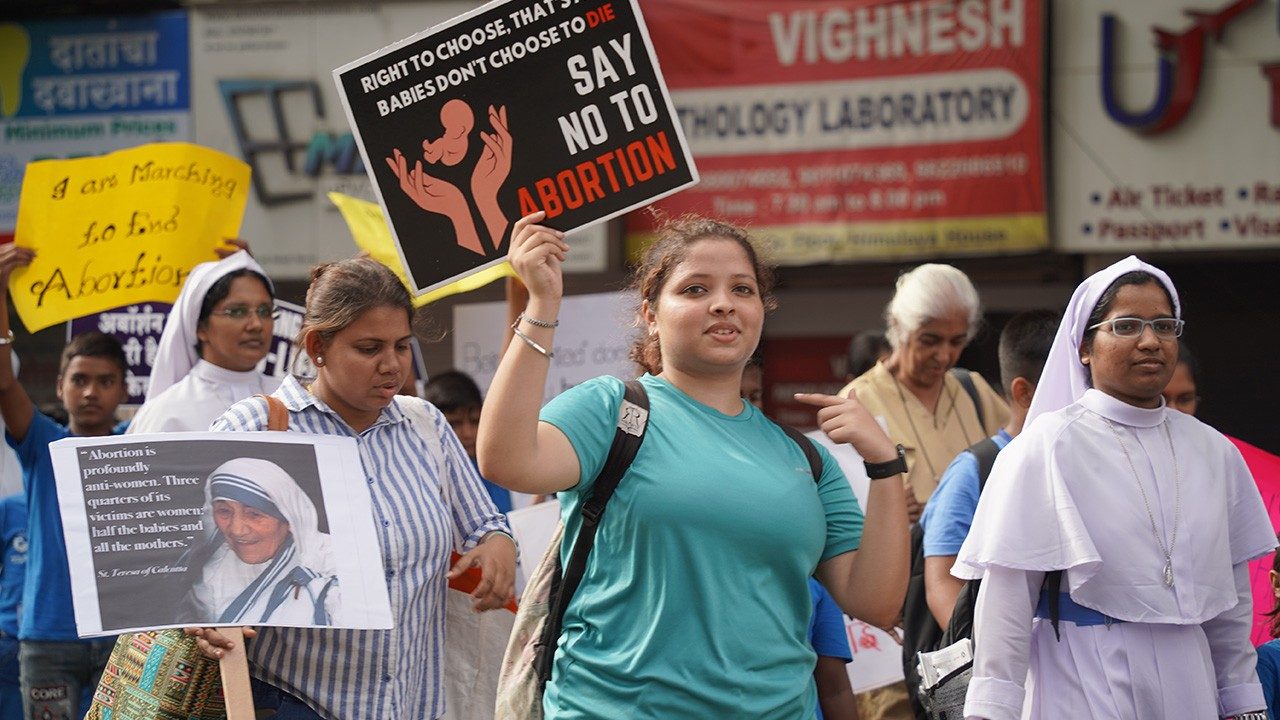
Posters seemingly against ‘female foeticide’ distort critical distinctions: instead of addressing the structural drivers of gender-based violence and discrimination, they associate all abortions with violence against women.
And that’s where the lines begin to blur. By embedding ‘morality’ in visuals and slogans, the campaign positions its anti-choice message not as ideology but as common sense—making reproductive autonomy appear deviant rather than deliberate.
Complex issues oversimplified
No doubt, real and urgent issues are being tapped into, even if as tactics: the need to support children with disabilities, to address skewed sex ratios, and to provide better mental health support for mothers. But their packaging and framing erode the ample complexities they come with. The pain of losing a wanted child and the right to not be forced into unwanted parenthood are two very different things; yet, the two are being presented into a single narrative of victimhood—one that denies women agency and casts all abortion as cruelty.
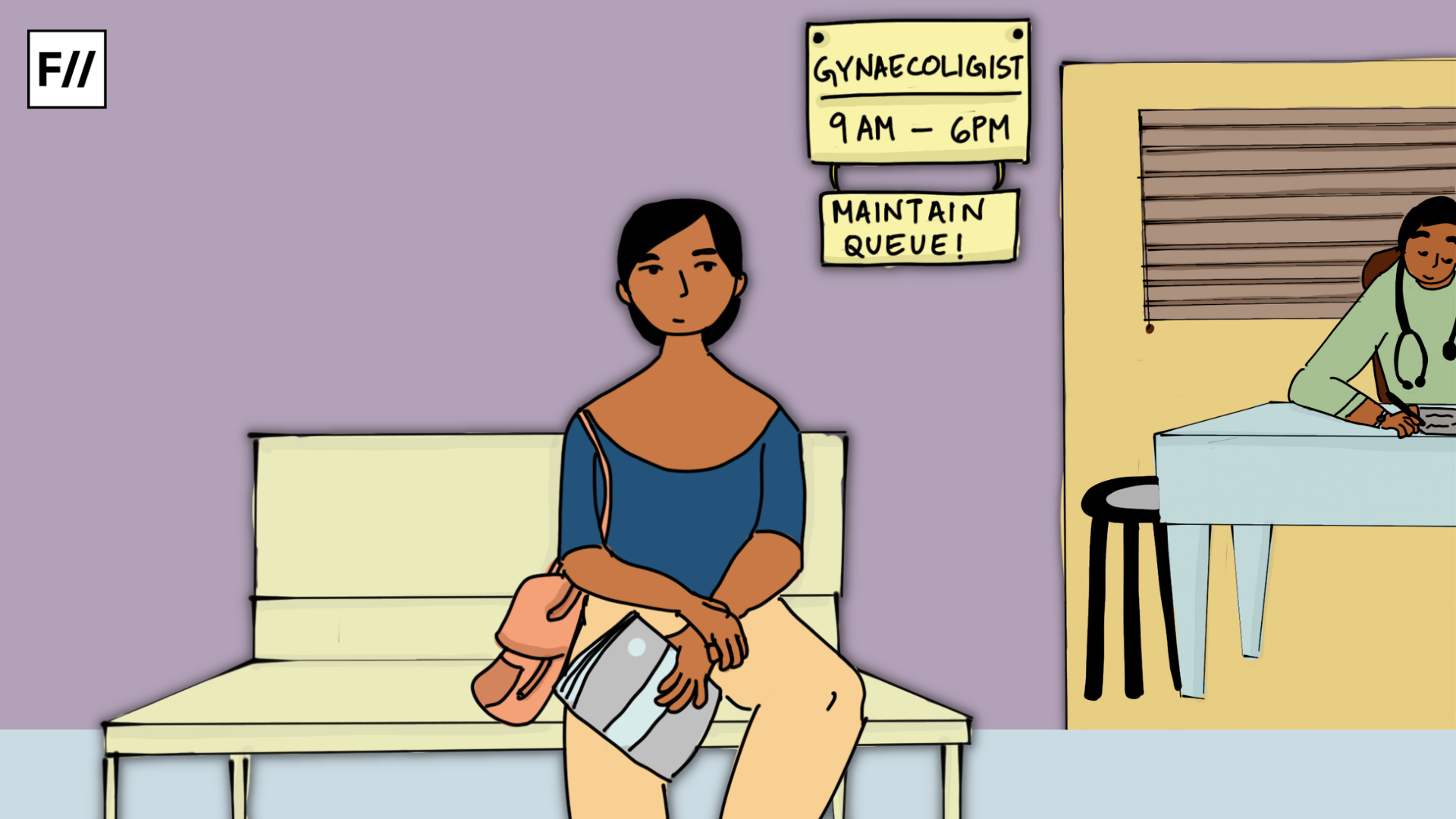
Doctors, too, are brought into the fold—not to provide clarity, but to amplify fear. Studies linking abortion to cancer and depression are shared out of context and used to cast doubt on science rather than deepen understanding. Legitimacy is borrowed from white coats, while facts are bent to fit ideology.
What’s missing in this conversation is nuance—and empathy for the full range of experiences that lead someone to consider abortion. Certainly, no one should be forced to lose a child. But the same is true for being forced to have one. Reproductive autonomy is not about death—it is about dignity.
It is interesting how none of the supporters, allies, or campaigners explicitly blame women, but the framework leaves little room for choice. It builds a quiet consensus: that the only right decision is the one that aligns with their values.
The missing nuance
What’s missing in this conversation is nuance and empathy for the full range of intersectional, lived experiences that lead someone to consider abortion—or perhaps any decision to be taken in an individual’s life. Certainly, no one should be forced to lose a child. But the same is true for being forced to have one. Reproductive autonomy is not about death—it is about dignity. For centuries, it is those most marginalised by caste, class, gender, religion, and generational silence who have had the least say over their own bodies. The right to decide must be protected—not moralised out of reach.
Everyone is pro-life. But some use it as a cover to be anti-choice. Because valuing life means trusting people to live it—not controlling how they begin it, carry it, or end it. The difference lies not in who values life, but in who gets to decide what living it fully means. With the 2025 March just being concluded, let’s see what narratives it will produce —and what it will choose to leave behind.
About the author(s)
Ami Sahgal is a 24-year-old budding sociologist working at a non-profit organisation dedicated to sexual and reproductive health rights in India. She holds a bachelor's degree in Sociology from Lady Shri Ram College for Women (2022), where she was awarded the university medal, and recently completed her master’s degree from the Department of Sociology at Delhi School of Economics (2024). A passionate advocate for women's issues, Ami is committed to addressing concerns related to health, education, violence, and justice. She aspires to specialise in Gender Studies.
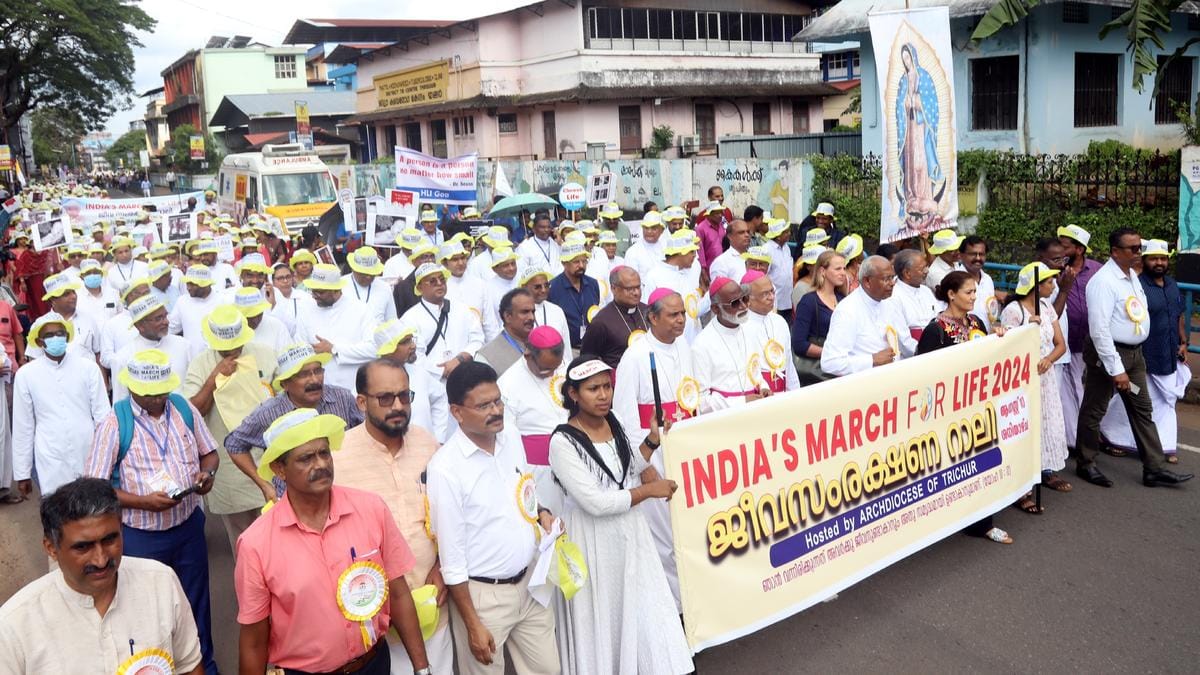

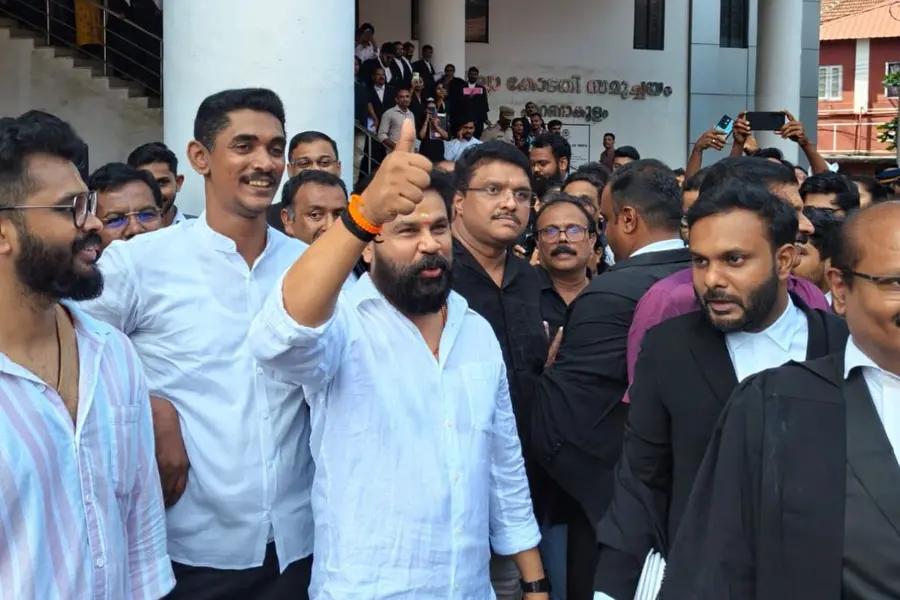

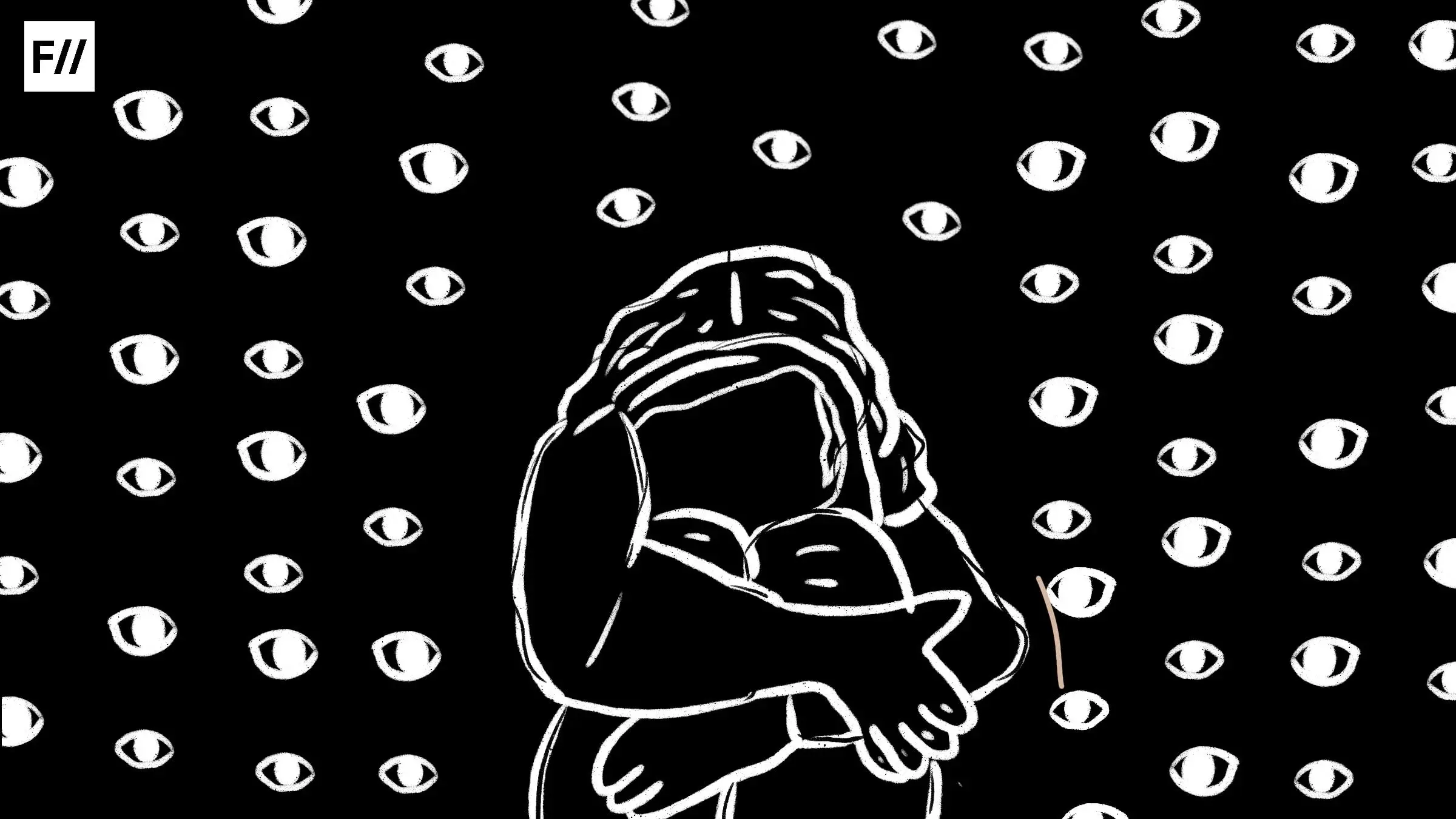

Pretty! This has been a really wonderful post. Many thanks for providing these details.